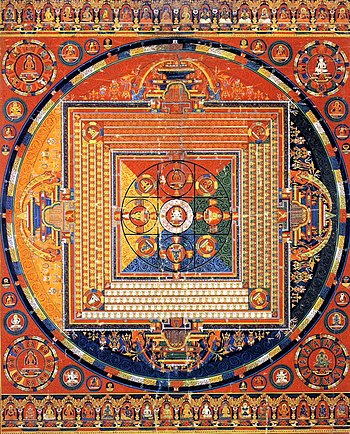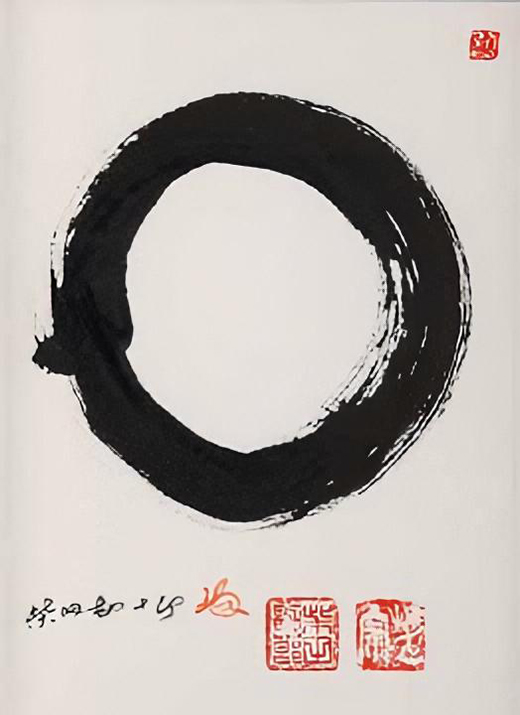One thing I have learned early on in life is that many things are temporary. I think this is a valuable lesson for people who are artists, programmers, parents.. everyone. The fact that I have learned to cope with this idea has saved me lots of heartache and despair. My little sister used to 'enhance' my art with her own little scribbles in bright blue marker! It sucked but what was there to do? Or even with my programming work, I can be working on something for a good chunk of time only to have it thrown out in a second. When this happens I generally just shrug it off and consider it my own personal Mandala. The first time I came across Mandala's was during the Buddhism section of my World Religions class in grade 11. Basically we were taught that Mandala art was an intricate sand-painting that was a form of meditation for Buddhists, and that when they were finished with it... they would destroy it to represent no attachments to the human world. Humans have a tendency to 'claim' things. When we do something amazing we want to keep it forever to show it off to the rest of the world. So this concept of just tossing the art away was truly mind boggling to me at first. (Of course I don't know if what I was taught in school is 100% accurate but to me it was more the meaning of the lesson that was the important part.) Below is a picture of a Mandala.
Earlier today I was pondering about how other people might feel about just discarding their art and if there are artists who have made art with the intent to discard it afterwards. I immediately remembered the art of the imperfect guy! Nikki showed me a
TedTalk video awhile ago of Phil Hansen, who wanted to be an artist but couldn't draw a straight line. He was diagnosed with permanent nerve damage.
He loved art so much that he learned to embrace his imperfect-ness. He began to think about what if he had other limitations and how they would effect the way he does art and what he might do to overcome it. This thinking led him to do much experimentation. Phil Hanson came into my thoughts because he did a project that lasted around a year called "Goodbye Art", where he had to destroy his art after its creation. For instance he paper-shred it, burnt it, created art on bananas that would rot, etc. He made art that did not have to be "tangible, serious or permanent".
This train of thought about welcoming imperfection led my mind to drift again. This time it started to think about Ensō, which means circle in Japanese. When working with Ensō one must simply stop thinking which allows your body and spirit just create.
"For the former, the opening may express various ideas, for example that the ensō is not separate, but is part of something greater, or that imperfection is an essential and inherent aspect of existence" (More Info)
I find it interesting that when I think of art it always has to be 'permanent'
in my mind, but some of the most beautiful art (the natural world around
us) is all about change and the cycle of life and death. Impermanence and imperfection are negative words in today's society but clearly they don't have to be. Its all about perception and opening yourself up to the idea of art that doesn't have to be 'perfect' or 'permanent'.
Art is a great way to just let go and it is a healthy exercise to just empty your mind and not worry about the final product. Embrace the intangible and hold yourself to no standard of perfection.



No comments:
Post a Comment